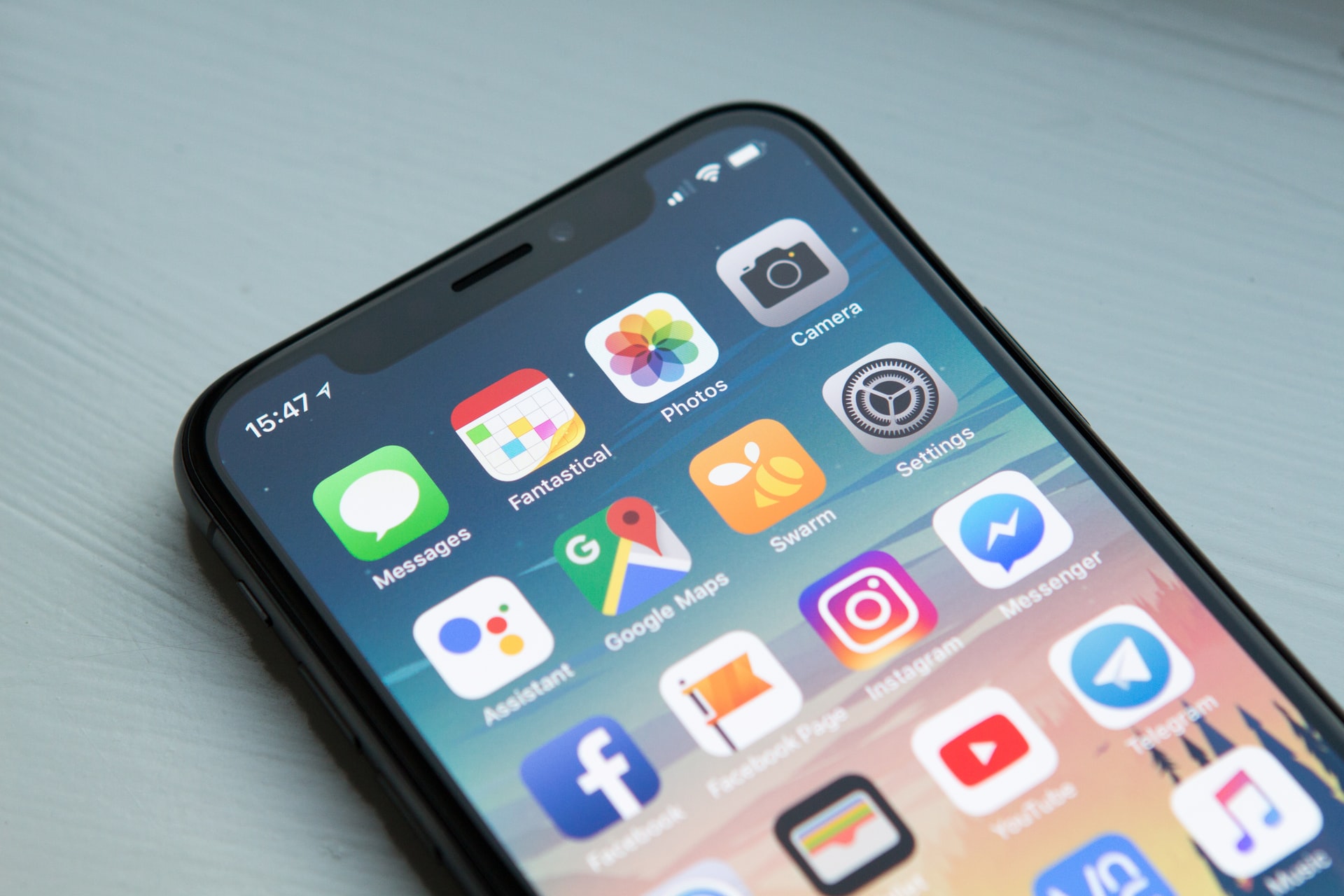Don't let social media get in the way of your goals.
We’re influenced
Your favorite fashion influencer is promoting a new line of yoga pants. Right on cue, she’s just posted a photo in which she’s magically holding an upward bow pose. And naturally, she’s chosen to pair the yoga pants with just the cutest looking sports bra. The pose, the outfit…everything is perfect. Right then and there, you snag a pair even though the only difference with these pants is the mesh lining that accentuates your calves like no other. You don’t even need them; you already have 10 other pairs. So why did you get them?
Even my friends have admitted to spending money because of social media. While I can’t say that I’m surprised, I can say that I’m a little bothered. Beyond the anecdotal observation within my friend group, the empirical research also points to the notion that social media fuels unnecessary spending: per Charles Schwab’s 2019 Modern Wealth Survey, nearly 50% of millennials cite that they have spent money as a result of social media’s influence.
Do we use social media enough to care?
Sure, social media might increase your propensity to spend. But if you’re not on social media very often, then the impact to your finances is minimal. Unfortunately, that doesn’t seem to be the case.
Don’t act like you’re surprised.
According to MindSea, nearly 70% of millennials say that their most frequently used apps are of the social networking variety. When you pair the aforementioned usage statistic with the fact that adults (i.e. people 18+ years old) are on apps for almost four hours a day, the picture starts to come into view (source: eMarketer). It’s obvious: social media dominates our lives.
Two forces of destruction
Two main forces tend to suck us into the empty abyss of consumerism: the concept of “Keeping up with the Joneses’” and FOMO (a.k.a. fear of missing out). It’s not as if these two forces are anything new, quite the contrary. The problem is that they’ve been increasingly amplified by our 24/7 access to everybody and everything. Therefore, it’s becoming even more difficult to hold off on buying yet another pair of yoga pants or something else we don’t need.
Out of sight, out of mind
Not all hope is lost, of course. If you notice that social media is causing your bank account to spiral downward, consider the following phrase: out of sight, out of mind. It should be obvious that when you are not actively seeing things, you're much less likely to pay attention to those exact things which you're not actively seeing. And sometimes, you'll completely forget about those things until you stumble upon it (years) later, like a high school yearbook. Yikes.
Below are some techniques that employ the benefits of the out of sight, out of mind expression, going from least extreme to most extreme. Luckily, many of these techniques double as effective tools for those looking to limit their overall phone use.
1. Hide your apps
Given that most of us have our most-used apps on our home screens, consider moving the app deep into a folder, onto another screen, or leave it in the app drawer. This method is effective because we’re employing the path of most resistance to make it more difficult (i.e. more annoying) to access the app.
2. Disable lock screen notifications
Your phone is already asleep. Don’t let social media wake it up. (You don’t like being woken up, do you?)
3. Turn off social media notifications
This is a technique that I find super effective. As it applies to platforms such as Instagram, it doesn’t matter whether I get tagged, get a new follower request, or get a note from someone sliding into my DMs, I won’t know about it unless I go into the app itself. And since I also employ technique #1, I rarely care enough to actually check.
4. Use an app that controls your social media use
We suck at controlling ourselves. So why not let technology do that for you? Choose a service that suits your goals and that’s it! Consider apps such as Offtime, BreakFree, and Flipd, which are available for iOS and Android.
5. Uninstall the app
Sure, you can always download the app again. But it's impossible to deny that this method is super effective.
6. Put your phone on silent
While this is an impractical technique for some, I find that limiting ALL notifications (yes, including calls and texts) is the holy grail in the attempt to get my life back. Sure, I’ll miss a call or I won’t see a text for three hours, but I have safety measures in place that will force the ringer to turn on under certain circumstances (e.g. if someone calls three times in a row, if a “favorite” contact calls, etc.) Note: if you’re in the early stages of a relationship, you might want to be careful with this one.


